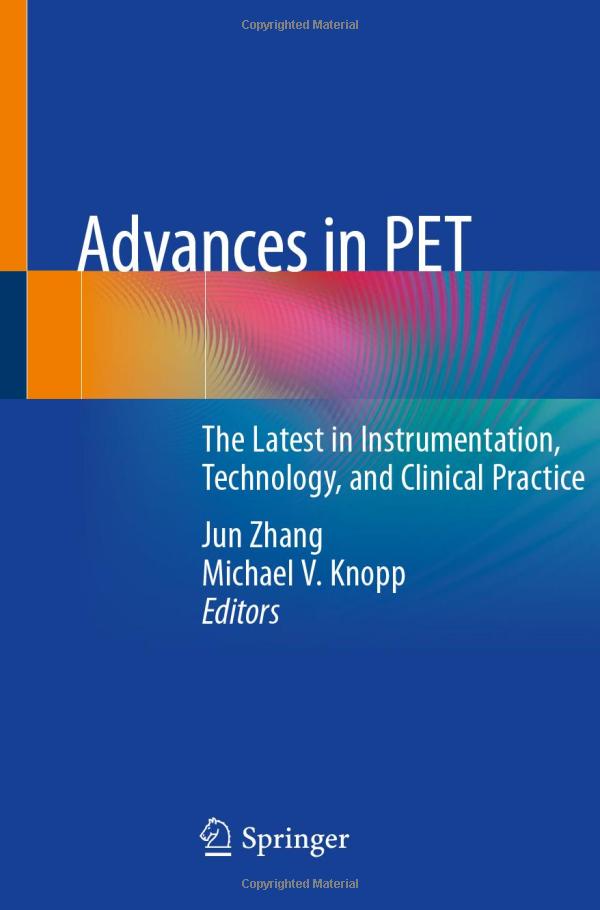What is the Difference Between MRI and PET Scan: Understanding Their Unique Benefits
Guide or Summary:What is MRI?What is PET Scan?Key Differences Between MRI and PET ScanWhen it comes to advanced medical imaging techniques, two of the most……
Guide or Summary:
When it comes to advanced medical imaging techniques, two of the most commonly used modalities are Magnetic Resonance Imaging (MRI) and Positron Emission Tomography (PET) scans. Both play a crucial role in diagnosing and monitoring various health conditions, yet they operate on different principles and serve distinct purposes. In this article, we will explore the question: What is the difference between MRI and PET scan? By understanding these differences, patients and healthcare providers can make informed decisions about which imaging technique is most appropriate for their specific needs.
What is MRI?
Magnetic Resonance Imaging, or MRI, utilizes strong magnetic fields and radio waves to generate detailed images of organs and tissues within the body. It is particularly effective at visualizing soft tissues, making it an invaluable tool for diagnosing conditions related to the brain, spinal cord, muscles, and joints. The MRI process is non-invasive and does not involve ionizing radiation, which is a significant advantage for patient safety.
During an MRI scan, patients lie on a table that slides into a large, tube-shaped magnet. The procedure typically lasts between 15 to 90 minutes, depending on the area being examined. The resulting images provide detailed cross-sectional views of the body, allowing physicians to identify abnormalities such as tumors, inflammation, or structural issues.

What is PET Scan?
On the other hand, Positron Emission Tomography (PET) scans are primarily used to observe metabolic processes in the body. This imaging technique involves the injection of a radioactive tracer, which emits positrons as it decays. These positrons interact with electrons in the body, producing gamma rays that are detected by the PET scanner. This allows for the visualization of metabolic activity, making PET scans particularly useful in oncology for detecting cancer and assessing treatment response.
PET scans are often combined with CT scans (Computed Tomography) to provide a more comprehensive view, allowing doctors to see both the structure and function of tissues. The entire process, including the injection of the tracer and the imaging, usually takes about 30 to 60 minutes.
Key Differences Between MRI and PET Scan
Now that we have a basic understanding of both MRI and PET scans, let’s delve into the key differences between these two imaging modalities.
1. **Purpose**: MRI is primarily used for anatomical imaging, providing detailed images of soft tissues, while PET scans focus on metabolic activity, making them essential for cancer detection and evaluation.

2. **Technology**: MRI uses magnetic fields and radio waves, whereas PET scans rely on radioactive tracers and gamma ray detection.
3. **Radiation Exposure**: MRI is radiation-free, making it a safer option for repeated imaging. In contrast, PET scans involve exposure to low levels of radiation from the radioactive tracer.
4. **Imaging Detail**: MRI provides high-resolution images of soft tissues, while PET scans offer functional information about how tissues are working.
5. **Time Required**: MRI scans can take longer than PET scans, depending on the complexity of the imaging required.

In summary, both MRI and PET scans are invaluable tools in modern medicine, each with its unique strengths and applications. Understanding what is the difference between MRI and PET scan can empower patients and healthcare providers to choose the most appropriate imaging technique based on specific medical needs. Whether it’s for diagnosing a neurological condition with an MRI or assessing cancer treatment with a PET scan, both modalities contribute significantly to effective patient care and outcomes.